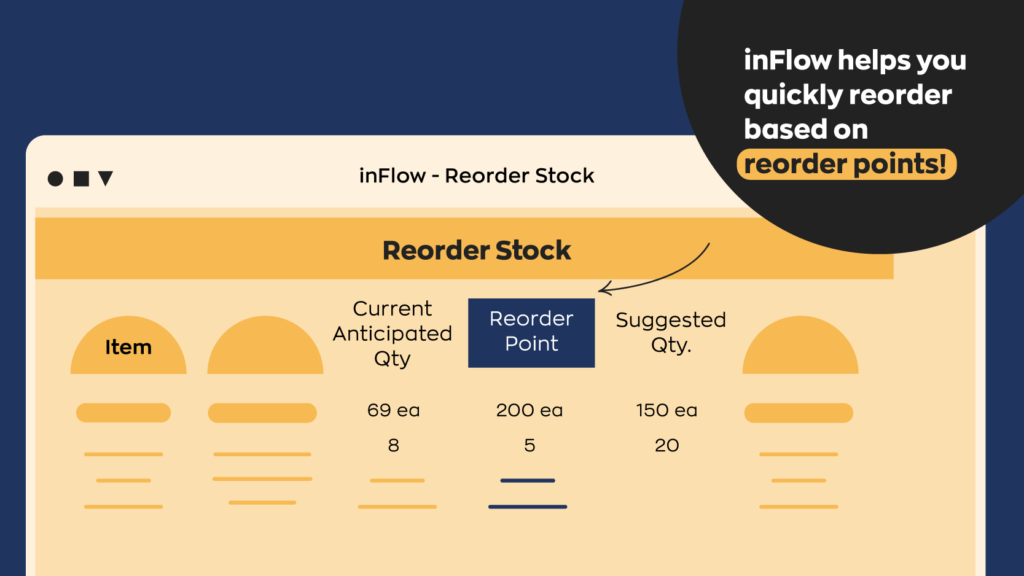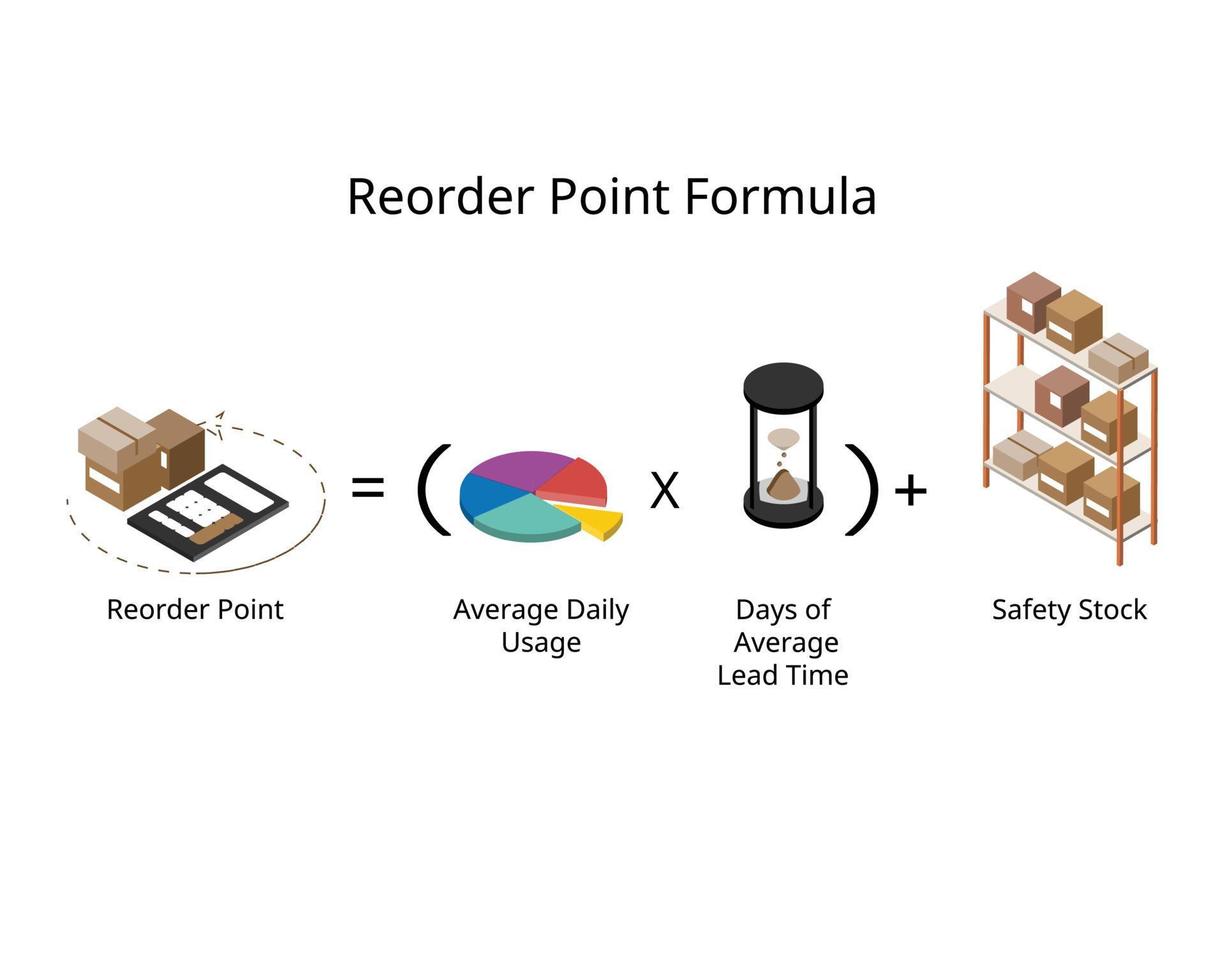
Thankfully, one way to get this right is to use Reorder Point Formula (FOP) to calculate your reorder level, eliminating the need for guesswork and using your gut instinct to make decisions. For a company, the maximum consumption is 15,000 units per week, while the maximum delivery time is 10 weeks. For instance, if you reordered inventory on November 1, and that new inventory is ready to be used to fulfill your orders on November 30, then your ALT is 29 days.
Example 3 – with safety stock
When this happens, it gets much more difficult to manage inventory, and we can end up forgetting about those products lying on the shelf that nobody has bought. Simply ship your products to any of our fulfillment centres, where we’ll store them. Then, when orders fly in, we’ll pick, pack, and ship them to where they need to be, quickly, reliably, and cost-effectively. As a customer, there’s few things more frustrating than needing a product that’s no longer in stock. Likewise, if a regular customer returns to your online store to find that their favourite products are continuously out of stock, you wouldn’t blame them for taking their business elsewhere.
Reorder Point – Definition, Formula & Importance
Implementing the average irs and state tax refund and processing times is crucial for preventing overstocking and stock-outs, maintaining efficient operations, consistently meeting customer demand, and managing storage costs effectively. Consider an eCommerce business selling 20 units of face serum daily with a lead time of 14 days and a safety stock of 50 units. The reorder level would be calculated as 330 units, ensuring stock availability despite potential delays or demand spikes. Establishing reorder points frees up crucial capital and ensures your business is operating at maximum efficiency across inbound and outbound logistics. The most important and sometimes hardest part of calculating reorder points accurately is that you need reliable data for supply chain planning and provide an accurate picture of customer demand. The reorder point (ROP), also reorder level (ROL) or “optimal re-order level”,[1] is the level of inventory which triggers an action to replenish that particular inventory.
Reorder Point Formula
- ADU should be calculated over different periods and consider trends like seasonality and promotions.
- If you’ve been working with the same suppliers for a long time, you may have a good understanding of their reliability, or specific agreements in place to ensure lead times remain consistent.
- The reorder quantity is the total number of units of a particular product that needs to be recovered in the stock.
- With the right tools, there’s no need to manually calculate reorder points.
- ECommerce inventory management ensures that your stock levels are maintained at a balance that meets customer demand while maximising cash flow.
- According to our example, we have a daily sales velocity of 5 chairs per day, a lead time of 35 days, and 15 chairs of safety stock.
Get pricing below and learn more about why thousands of brands work with ShipBob’s ecommerce fulfillment services. It all began in 2010, when James Hyde and James Strachan couldn’t find a modern shipping service for the eCommerce business they ran. Faced with messy warehouses based on out-dated systems, they decided to build their own.

Safety stock, as the name suggests, is the extra “just in case” inventory you keep on hand to anticipate variability in demand or supply. The Reorder Point Formula assumes that the order will be placed as soon as the calculation is made. Therefore, if you wait a few days to make your order with the supplier, the accuracy of the calculation will suffer. The robustness of your stock management hinges on the reliability of your least dependable supplier. Delays in shipment, inconsistent product quality, or even a vendor going out of business can throw a wrench in your inventory plans.
What factors influence reorder level?
The reorder level formula can produce incorrect results when the purchasing department replaces an existing supplier with a new one. When this happens, there is a good chance that the lead time for the new supplier will differ from that of the old one – either longer or shorter. If the new supplier has a shorter lead time, then the company will end up with extra inventory on hand, which is a wasteful investment in working capital.
By doing this, you ensure customers get their orders on time and have a positive brand experience. Reorder level is the inventory point at which a new order must be placed to replenish stock before it runs out. It ensures that you have enough inventory to meet customer demand without experiencing stockouts, which can disrupt operations and lead to lost sales. As an eCommerce business, you’ll likely be constantly looking for ways to make your operations more efficient and more cost-effective. Your safety stock is the buffer you have in place in case of unforeseen stock issues, such as a sudden increase in demand, issues with suppliers, or any other supply chain disruption.
This approach allows retailers to offer a broad range of products without the burden of purchasing inventory upfront…. Thanks to our award-winning software, ControlPort, you have full control and clarity over the status of your inventories at all times, right across our international network of fulfillment centers. This team of experts helps Finance Strategists maintain the highest level of accuracy and professionalism possible.


